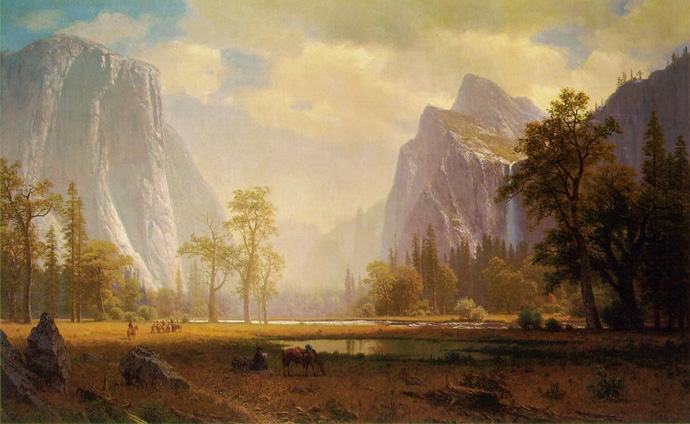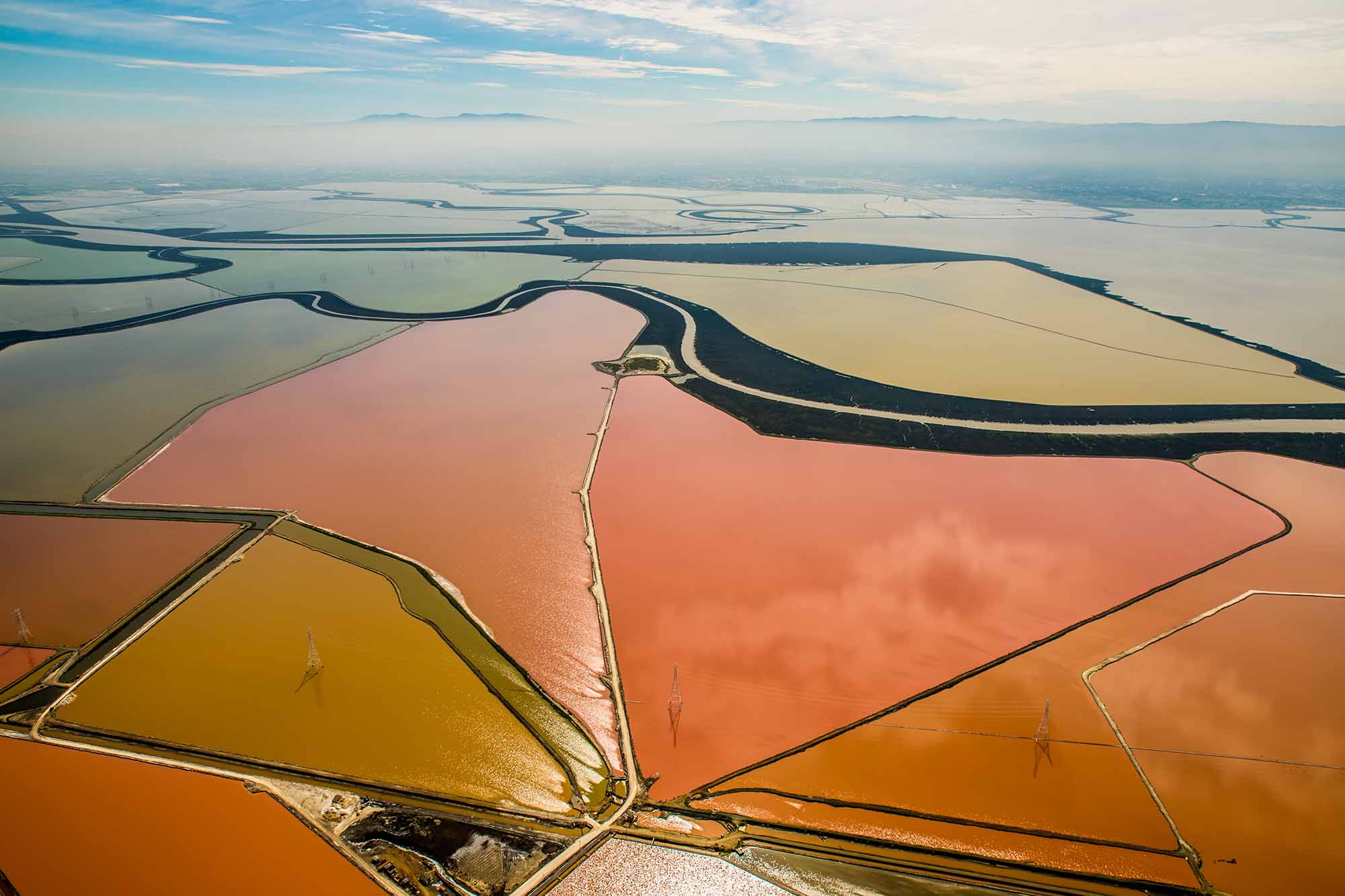Transporting two thousand pounds of glass plates, chemicals and other equipment into the Sierra on the backs of mules, Carleton Watkins became the first artist to photograph the Yosemite Valley. A collection of his photos housed in the libraries at Stanford University are on display until Aug. 17 at Stanford’s Cantor Center for the Arts.
The video above and slideshow below provide glimpses into this amazing work and the remarkable life of the San Francisco-based photographer who was credited with helping move President Abraham Lincoln and Congress to pass the Yosemite Preservation Act. Yet within a decade, Watkins began to suffer a series of business reverses that plagued him to the end of his life and at one point forced him to live with his family in a boxcar in Oakland. The parallels to today’s Bay Area artists are unmistakable.
The text below by former LIFE magazine photo editor Sean Callahan, himself a photo historian and Watkins devotee, describes the far-reaching impact of Watkins and other pioneering photographers of the American West.
With the Civil War over, America could get back to fulfilling its manifest destiny of exploring and taming the continent. Photography played an important role in America’s growth. Landscape photographers began to capture the American wilderness with high resolution images that rivaled the precise brushwork of the Hudson River School of painters in everything but color.

America was only a hundred years old, and while Europeans could hang prints on their walls of classical ruins and ancient cathedrals and point to them as their heritage, Americans could not. America’s heritage lay in the land that they had so recently claimed. By extension, the visual representation of that landscape by photographers became part of 19th century America’s cultural heritage.*


